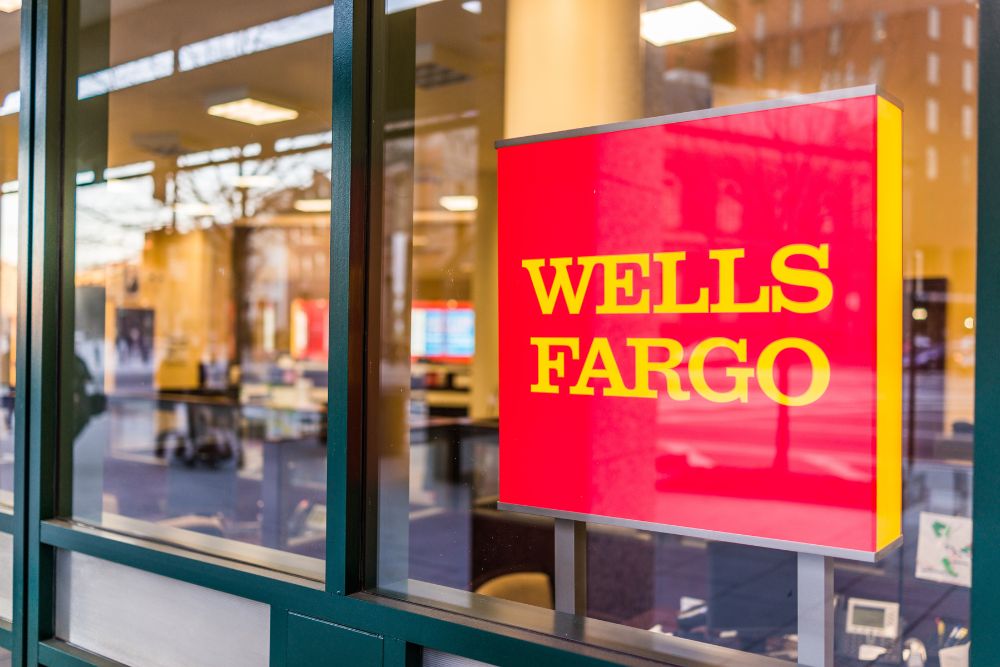A low score should not prevent you from taking out a personal loan to deal with emergencies or consolidate your debts.

People with poor creditworthiness will have to make extra efforts to get a personal loan or a good rate.
“If your FICO score falls at or below 629, you will definitely have to put in a little more effort to be eligible,” said Marc Monfort, certified financial planner at TD Bank.
Five steps to obtain it
Step One – Credit Check. Generally, lenders set a minimal rating, so your application may be rejected if you don’t comply with it. Most financial institutions, especially Experian, offer free credit scores, while annualcreditreport.com gives a free, in-depth look at your credit history through the years.
“There may be errors on the report that, when corrected, will strengthen your creditworthiness,” said Monfort.
Step Two – Lender Comparison. Each lender has its own loan or rate requirements. That’s why it’s helpful to compare several options. Top bad credit funders will feature a rate that fits your needs and other valuable features, such as credit-building tools, fast financing or a cell phone app to handle loan payments.
Step Three – Get Prequalified. A pre-qualification application provides information about the rate, how much you can expect to borrow and how long you can expect to repay the loan without affecting your solvency rating. It is conducive if you want to determine eligibility and compare offers. Many online lenders and some banking institutions include this functionality.
Step Four – Strengthen your application. Co-signing and collateralized loans help you get approved or obtain a cheaper rate on your personal loan. In the case of a co-signed one, another person’s credit and income information is included in the application, and that person is willing to repay it if the applicant fails to do so. Secured loans allow you to provide collateral (usually a vehicle or money in a savings account) that the lender will seize in the event the loan is not repaid.
Step Five – Submit an application. It is best to gather the necessary documents for the application to expedite the process. These documents include W-2 forms, pay slips, financial records and your SSN. Some lenders will let you know their decision within a day or two of your application, but most will do so in the next few days.
Getting a loan with poor solvency
If you are a credit union member, you can borrow from the union since it is the best place to go if your solvency is terrible.
They consider the loan applicant’s membership history when deciding, which implies that approval can be facilitated by a good relationship with the credit union.
In addition, a federally chartered credit union’s rate may be lower, as the APR is set at a maximum of 18%. Other lenders’ rates can be as high as 36%.
Alternatively, you can use online lending organizations, such as Avant or Universal Credit, which lend to borrowers with bad creditworthiness. They usually offer a range of user-friendly features, such as fast financing and tips to boost your credit.
Don’t borrow without a credit check
Taking money from lenders who won’t even consider your creditworthiness may seem attractive, but they can be as prejudiced as a payday loan.
“Taking money from lenders who won’t even consider your creditworthiness may seem attractive, but they can be as prejudiced as a payday loan,” Monfort said.
If they don’t look at information such as your creditworthiness, they can’t thoroughly analyze your repayment capacity. Some lenders offering loans without credit checks put borrowers in a debt cycle by charging excessive rates that make it impossible for them to pay, prompting them to borrow again when the payment comes due.
Consider other loan options if you feel you will not qualify with a lender checking your solvency.
How it can affect your application
When lenders review your application, they determine whether to approve your loan, how much interest to charge and how much to lend you.
“A poor rating tells the lender that you have most likely had trouble making payments on credit cards or taking care of other debts before, so they take a higher risk in lending you money,” said Erika Longus, certified financial planner at Citigroup. “As a result, they may decline your application or approve a smaller loan at a higher APR. If your need for it is not urgent, you should start by rebuilding your credit before you apply.”
What barriers may prevent you from obtaining a personal loan?
Applicants who do not meet the lender’s requirements cannot get a personal loan. Disqualified applicants may have a low credit score, low income, too much debt, or poor credit history.
Which loans are easiest to obtain with bad credit?
Most collateralized, co-signed and joint borrowing is easier to obtain if you have poor solvency. Secured ones involve collateral, such as an automobile or savings account, that the lender will seize if you don’t pay it back. To get co-signed or joint loans, you must attach the name of someone with more significant income and more substantial credit than you to your application. The co-applicant will be held responsible for any missed payments.
Disclaimer : All loans are subject to credit and underwriting approval. ConsumersAware.org is an information blog and loan search platform, not a lender. ConsumersAware.org only works with advertiser networks and partners that comply with laws and regulations of United States, United Kingdom, Australia, New Zealand, and Canada. Loans range from $1,000 to $50,000 with terms ranging from 12 months to 60 months or more. Annual percentage rates (APRs) range from 3% to 19.8% and depend on the assessment of your credit profile. For example, for a $7,500 loan paid monthly over 60 months, a person would pay $141.53 per month for a total of $8491.80 over the course of the entire loan period.








